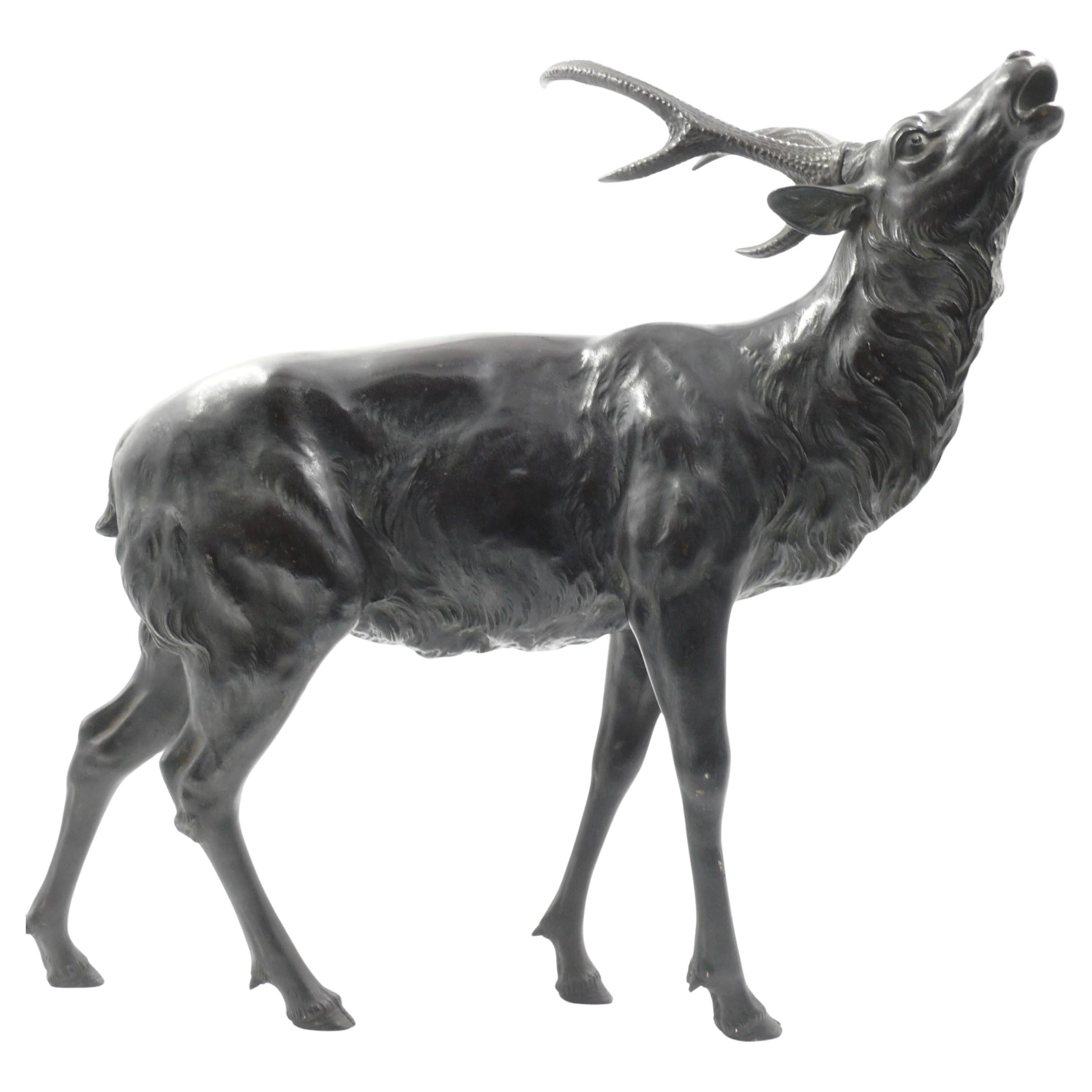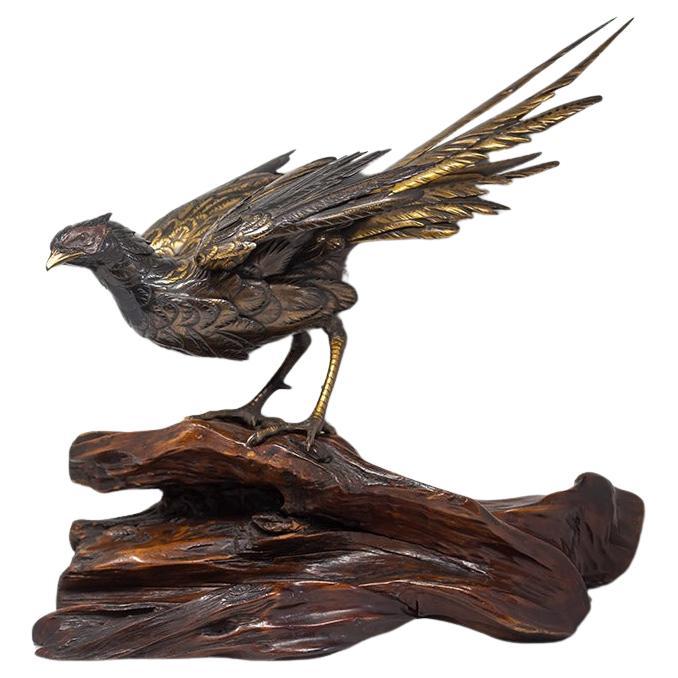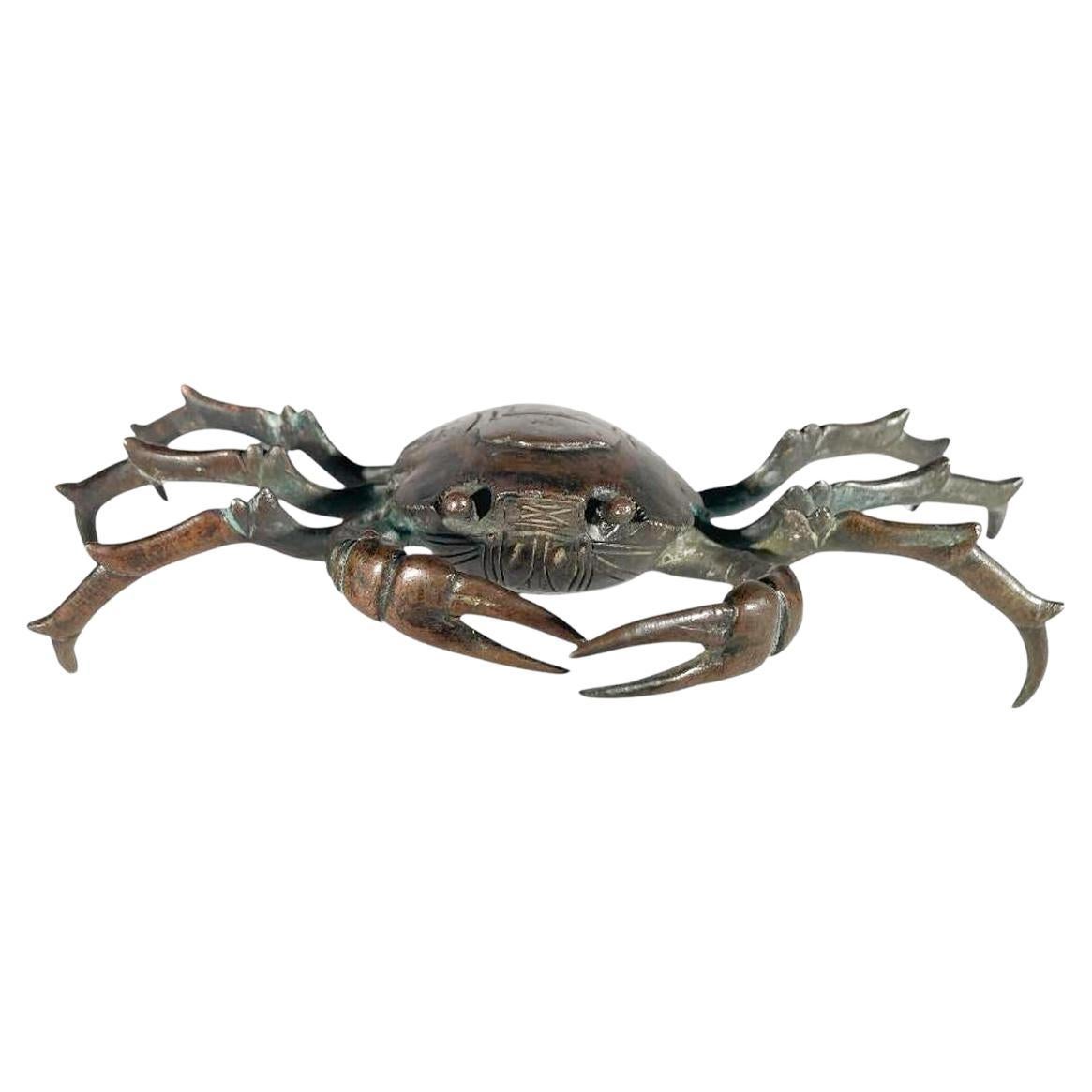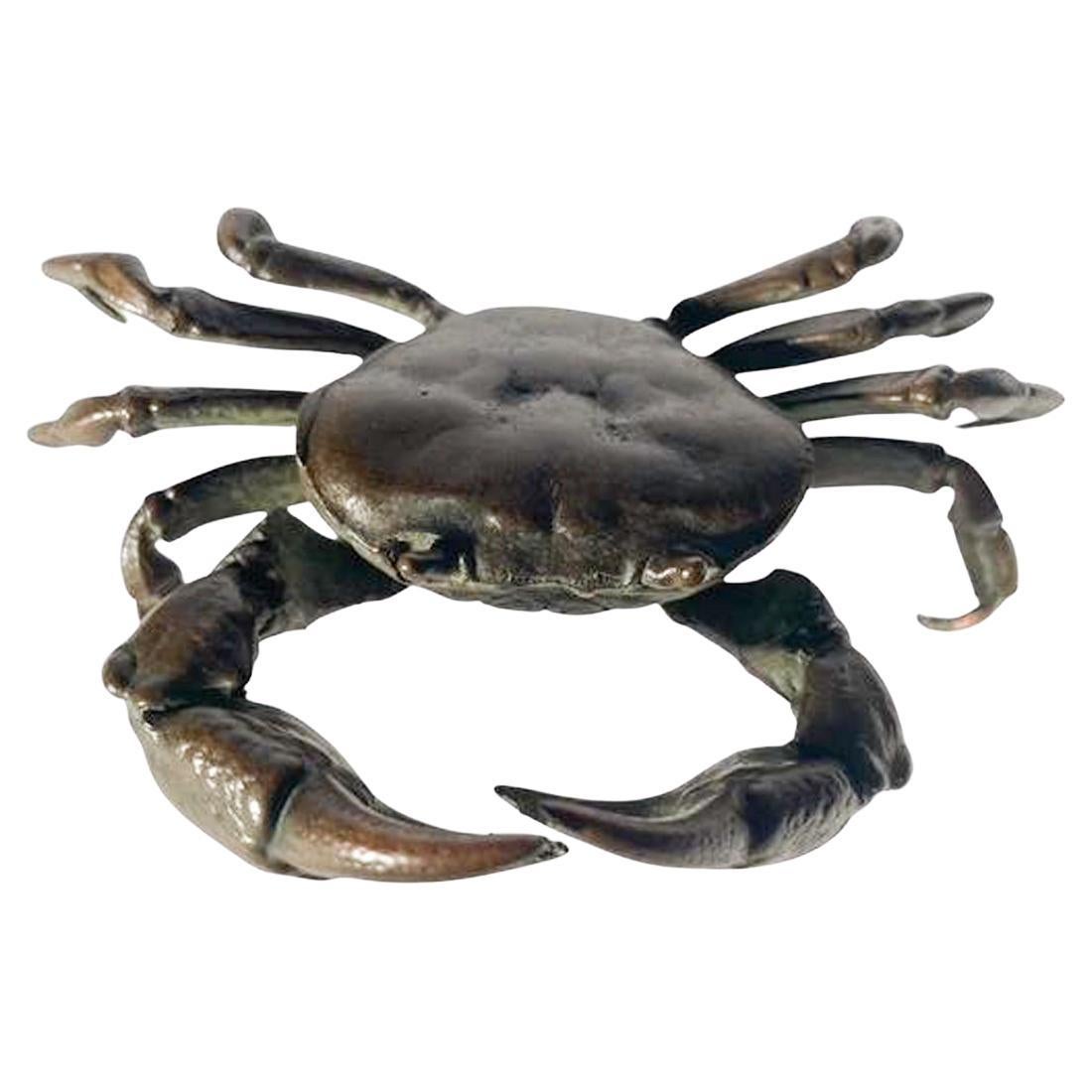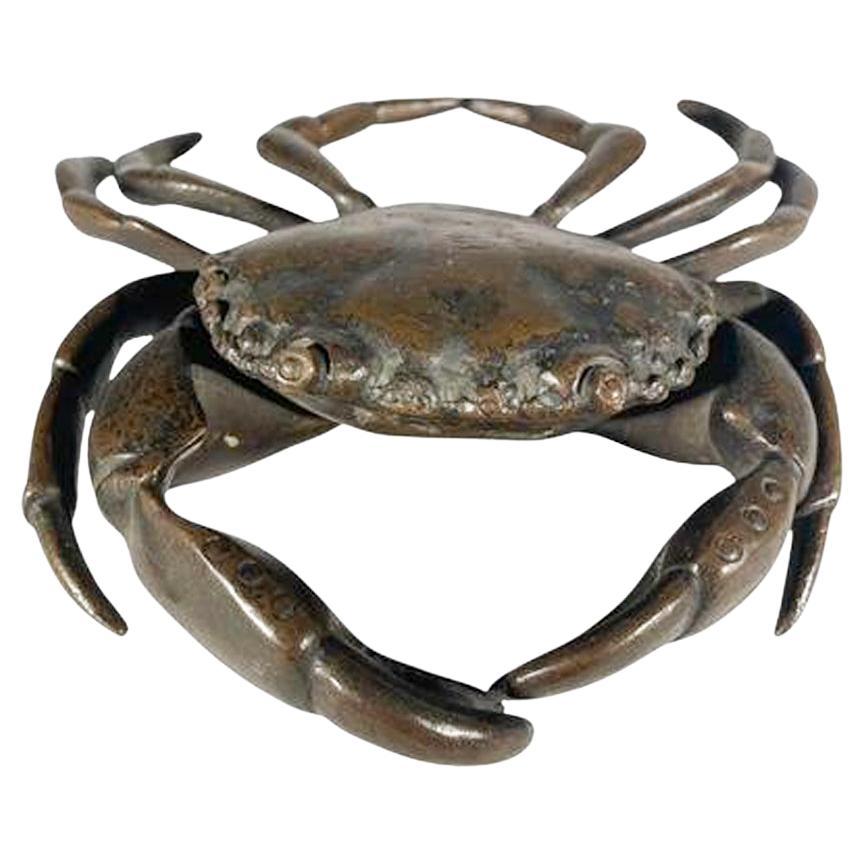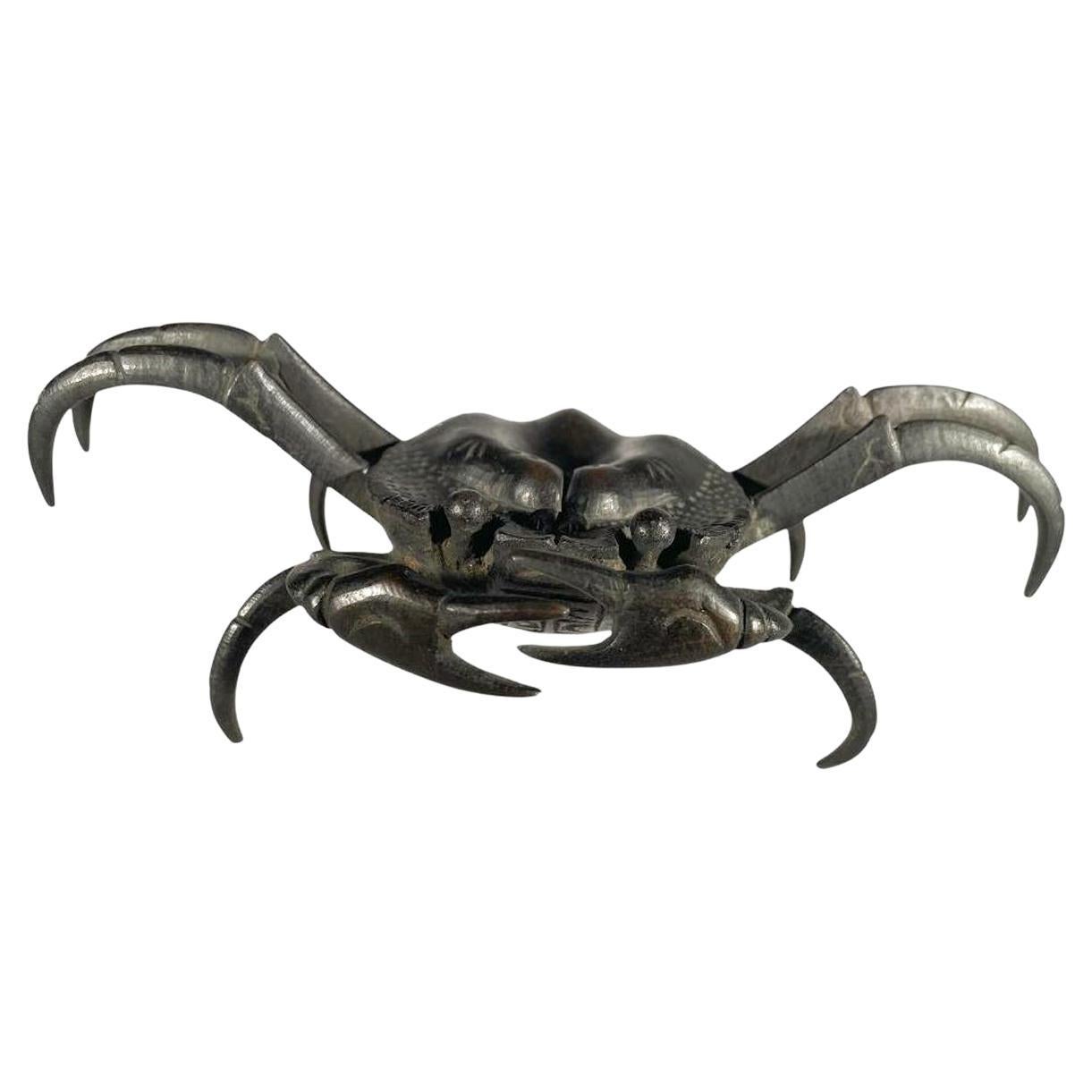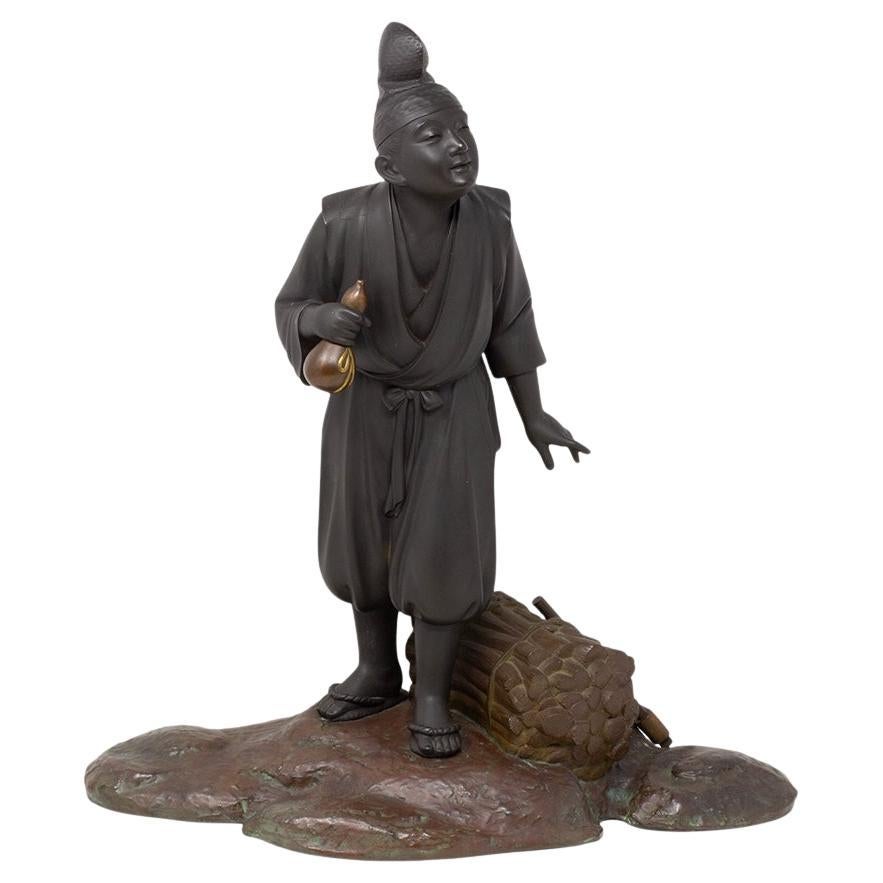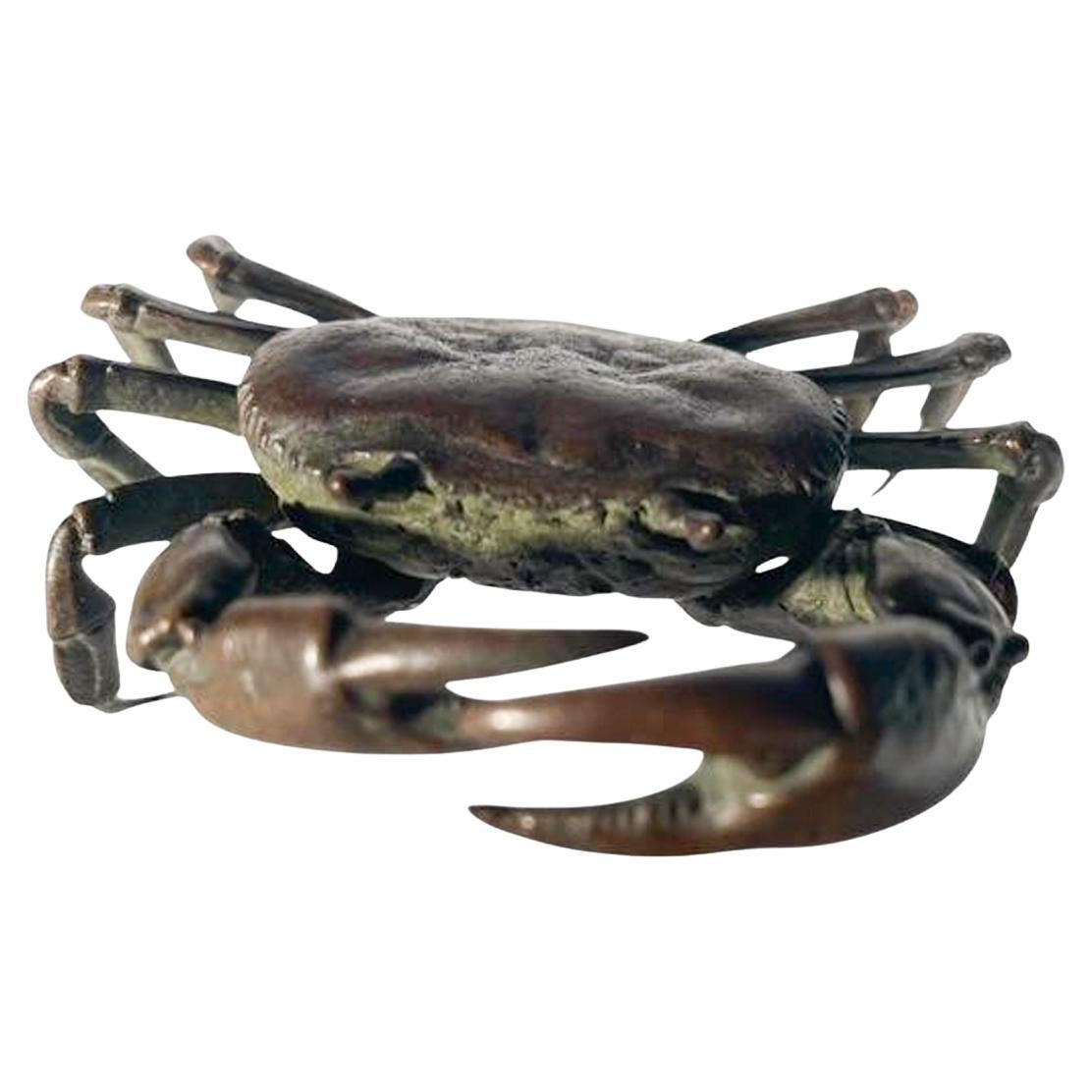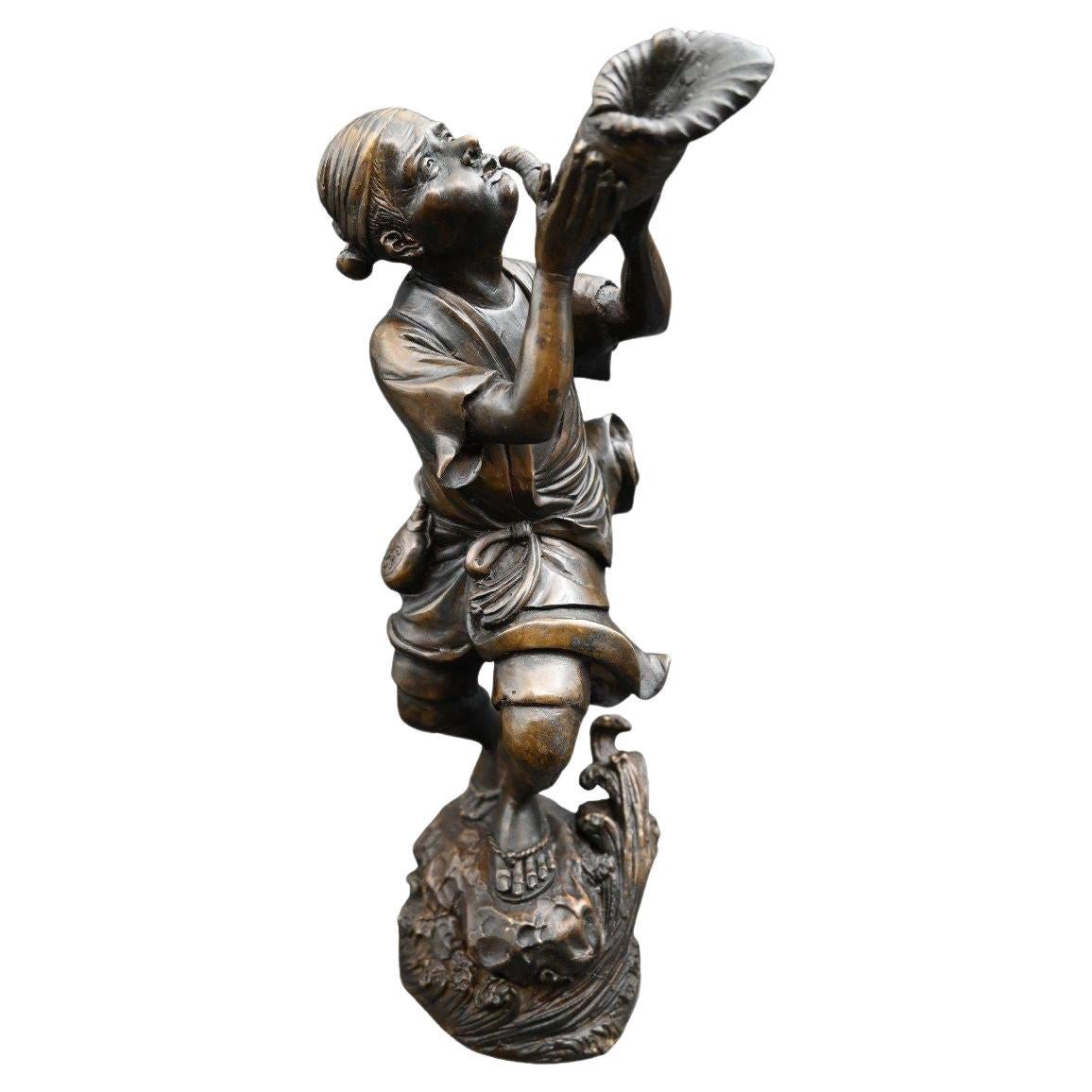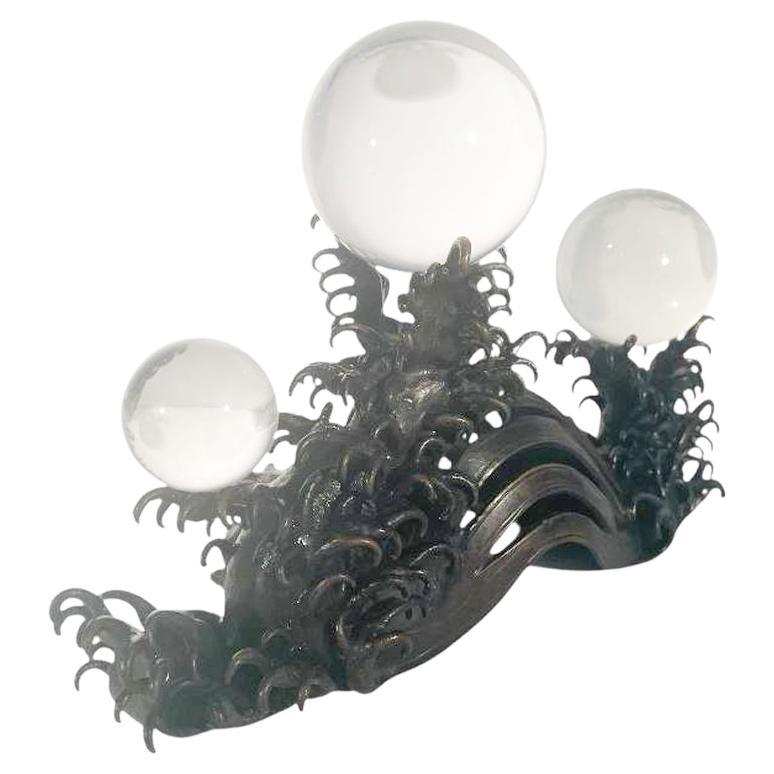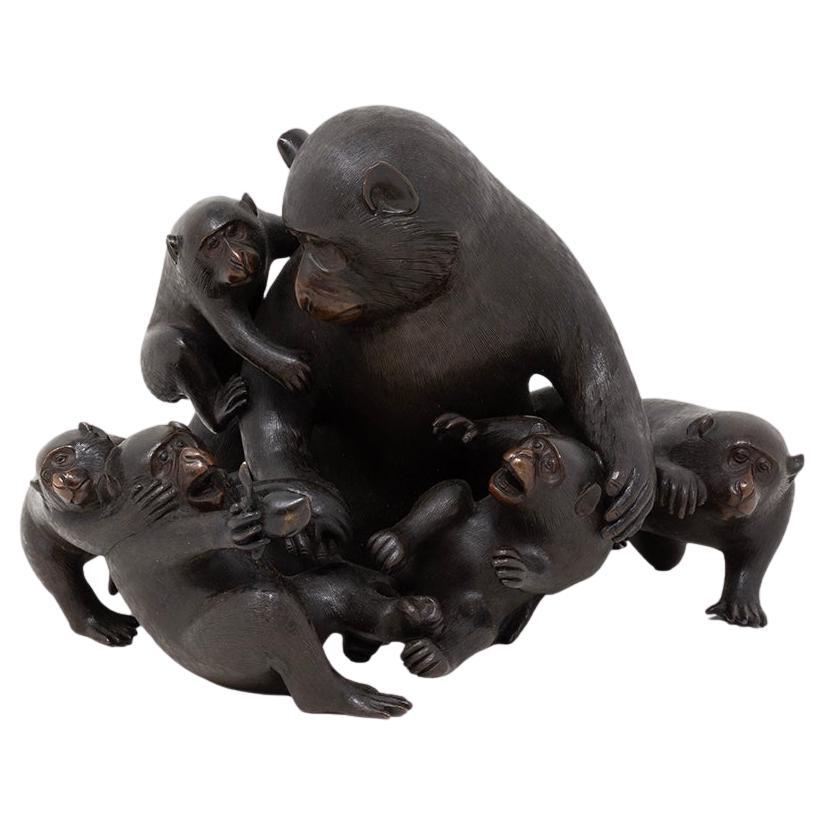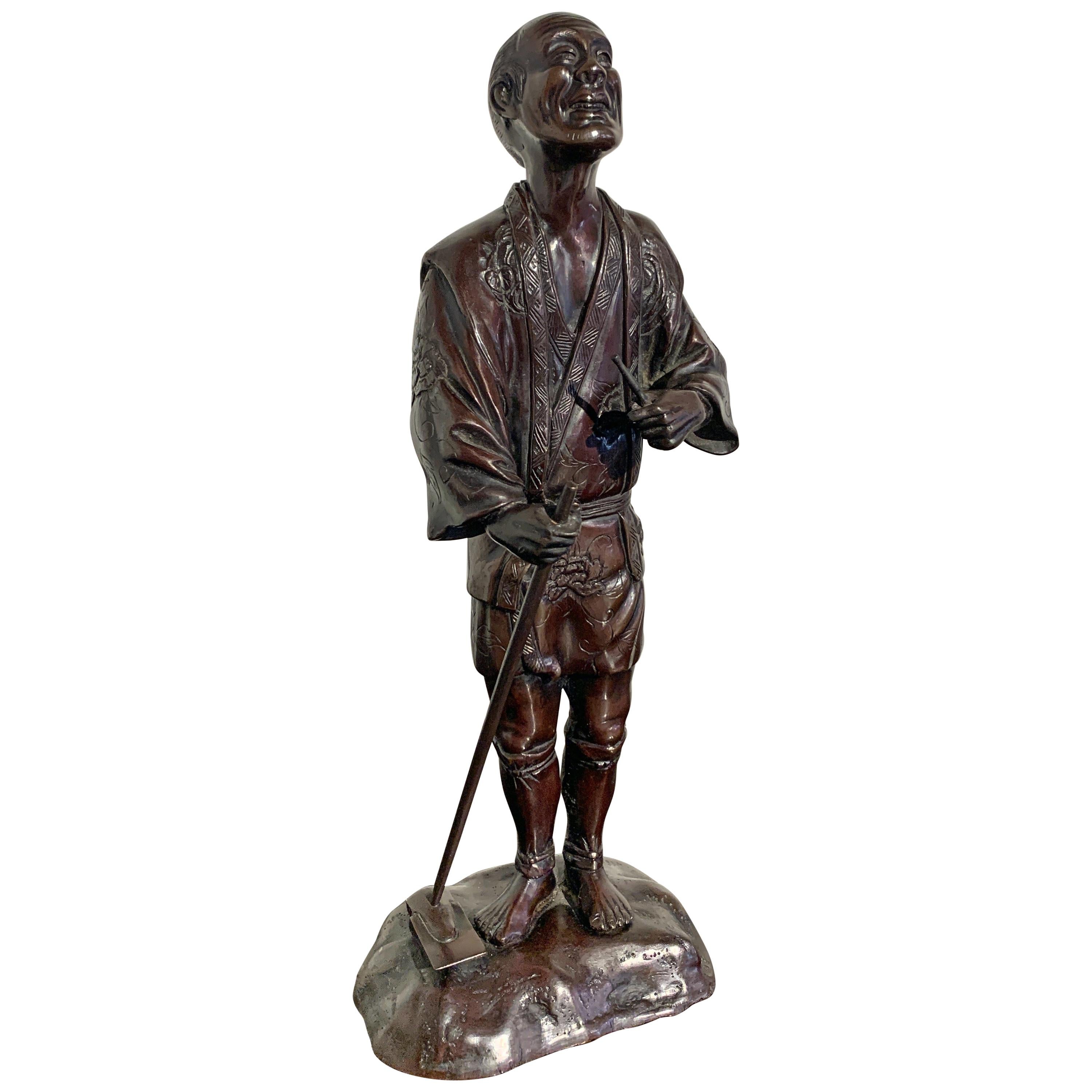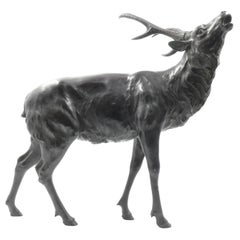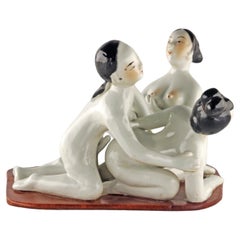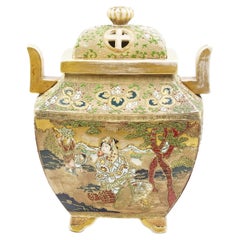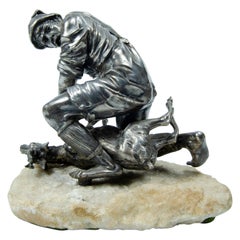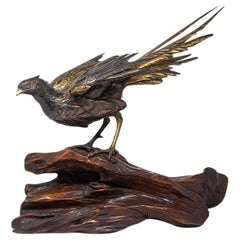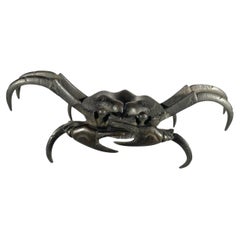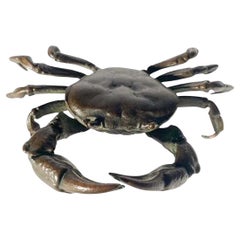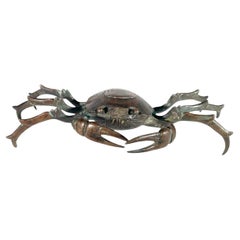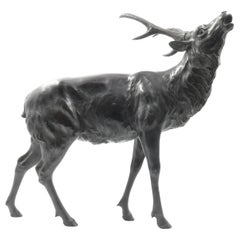
Japanese Okimono bronze deer
View Similar Items
Want more images or videos?
Request additional images or videos from the seller
1 of 7
Japanese Okimono bronze deer
$2,500List Price
About the Item
About the Seller
5.0
Vetted Professional Seller
Every seller passes strict standards for authenticity and reliability
Established in 2010
1stDibs seller since 2021
174 sales on 1stDibs
Typical response time: 1 hour
Authenticity Guarantee
In the unlikely event there’s an issue with an item’s authenticity, contact us within 1 year for a full refund. DetailsMoney-Back Guarantee
If your item is not as described, is damaged in transit, or does not arrive, contact us within 7 days for a full refund. Details24-Hour Cancellation
You have a 24-hour grace period in which to reconsider your purchase, with no questions asked.Vetted Professional Sellers
Our world-class sellers must adhere to strict standards for service and quality, maintaining the integrity of our listings.Price-Match Guarantee
If you find that a seller listed the same item for a lower price elsewhere, we’ll match it.Trusted Global Delivery
Our best-in-class carrier network provides specialized shipping options worldwide, including custom delivery.More From This Seller
View AllJapanese Okimono bronze deer
Located in Buenos Aires, Argentina
Japanese Okimono bronze deer
Male deer sculpture during mating season
It can be seen that the deer is in the mating season (Bellowing).
Sculpture of Japanese Origin from the Meiji pe...
Category
Vintage 1910s Japanese Meiji Sculptures and Carvings
Materials
Bronze
Porcelain erotic figure China
Located in Buenos Aires, Argentina
Porcelain erotic figure China
Erotic group of enameled porcelain (menage a trois)
three porcelain figurines stamped on their base (red base)
White, black, pink and red color
hand painted
Origin China Circa 1920
Excellent condition without restorations
small fissure on the penis
Erotic depictions include paintings, sculptures, photographs, dramatic works, musical and literary compositions depicting scenes of a sexual nature. They have been created by almost all civilizations, ancient and modern. Ancient cultures frequently associated the sexual act...
Category
Vintage 1920s Chinese Chinese Export Sculptures and Carvings
Materials
Porcelain
Koro Satsuma Japanese ceramic
Located in Buenos Aires, Argentina
Koro Satsuma Japanese ceramic
Japanese glazed ceramic in various colors
Meiji Style Circa 1940 Origin Japan
It has traditional images painted on its front and back.
The purpose of th...
Category
Vintage 1940s Japanese Meiji Ceramics
Materials
Enamel
Hunter and Deer Sculpture
Located in Buenos Aires, Argentina
Hunter and deer sculpture
materials pewter electro plated and marble
Origin Germany, circa 1900
perfect condition.
Category
Antique Early 1900s German Neoclassical Figurative Sculptures
Materials
Pewter
Japanese Vase with Birds and Flowers Design
Located in Buenos Aires, Argentina
Japanese vase with birds and flowers design
Meiji period relief decoration
late 19th century Japanese origin
piece in perfect condition
pa...
Category
Antique 1880s Japanese Meiji Vases
Materials
Bronze
Vienna bronze bookend
Located in Buenos Aires, Argentina
Vienna bronze bookend
Material: polychrome bronze with some natural wear
Circa 1920 Origin: Vienna
Orientalist style: seated man and woman
Excellent condition
Category
Vintage 1920s Austrian Adam Style Bookends
Materials
Bronze
$1,700
You May Also Like
Japanese Bronze Pheasant Okimono Genryusai Seiya
Located in Newark, England
Unusual Casting of a Pheasant in Flight
From our Japanese collection, we are delighted to offer this Japanese bronze okimono of a Pheasant upon a naturalistic root wood base. The Ph...
Category
Antique Late 19th Century Japanese Meiji Sculptures and Carvings
Materials
Bronze
Large Japanese Meiji Period Bronze Crab (C) Okimono
Located in Chapel Hill, NC
Realistically modeled Japanese okimono of a crab raised on its toes. I of 5 designated by the (C) in the title.
Category
Antique Late 19th Century Japanese Meiji Sculptures and Carvings
Materials
Bronze
Signed Japanese Meiji Period Bronze Crab (E) Okimono
Located in Chapel Hill, NC
Signed Japanese okimono of a realistically modeled crab raised up on its toes and with claws raised. One of 5 designated by (E) in the title.
Category
Antique Late 19th Century Japanese Meiji Sculptures and Carvings
Materials
Bronze
Large Japanese Meiji Period Bronze Crab (B) Okimono
Located in Chapel Hill, NC
Large Japanese naturalistically modeled bronze okimono in the form of a crab. One of 5 designated by the (B) in the title.
Category
Antique Late 19th Century Japanese Meiji Sculptures and Carvings
Materials
Bronze
Large Japanese Meiji Period Bronze Crab (A) Okimono
Located in Chapel Hill, NC
Large Japanese bronze okimono of a realistically modeled crab. This is one of 5 designated by the (A) in the title.
Category
Antique Late 19th Century Japanese Meiji Sculptures and Carvings
Materials
Bronze
Japanese Bronze Okimono Sculpture by Yamamoto Kozan
Located in Newark, England
YOUNG MAN WOOD CUTTING
From our Japanese collection, we are pleased to offer this Japanese Bronze Okimono by Yamamoto Kozan. The Japanese Bronze Sculpture cast in Bronze with a natu...
Category
Early 20th Century Japanese Meiji Sculptures and Carvings
Materials
Bronze
Recently Viewed
View AllMore Ways To Browse
Japanese Bronze Deer
Japanese Artifact
Vintage Chinese Green Jade
Japanese Carved Panel
Black Buddha Sculpture
Large Carved Buddha
Nepal Bronze
Ancient Chinese Artifacts
Carved Stone Buddha
Buddha Blue
Theater Mask
Buddha Stones
Japan Tea Box
Chinese Jade Flower
Antique Indian Temple
Chinese Stone Mountain
Antique Old Lanterns
Asian Dragon Sculpture
